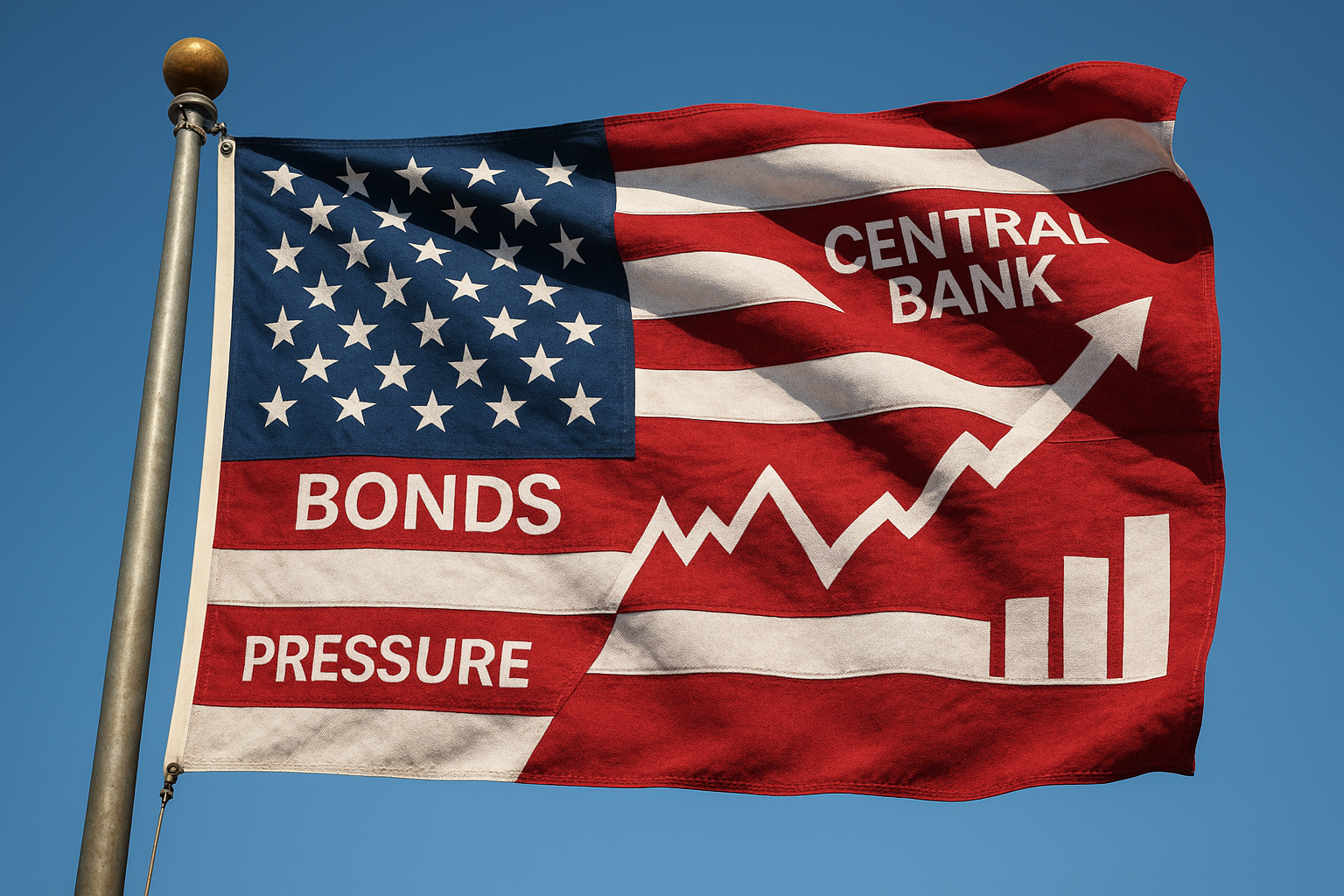Bond Market Trembles as Trump's Historic Fed Visit Puts Powell in the Hot Seat

Financial markets are on a knife's edge today as investors nervously watch what is shaping up to be an unprecedented showdown between the White House and the nation's central bank. The yield on the benchmark 10-year Treasury note, a critical barometer of investor sentiment, ticked higher in a clear sign of market anxiety ahead of President Donald Trump's historic visit to the Federal Reserve.
Early Thursday trading saw the 10-year yield climb by one basis point to 4.4%, with yields on other government bonds following suit. While the move is modest, it reflects a deep-seated unease rippling through Wall Street. The source of this tension is President Trump's scheduled meeting with Fed Chair Jerome Powell, the first official visit by a sitting president to the central bank in nearly two decades.
The visit comes amid a relentless and highly public campaign by the president against the Fed's leadership. President Trump has repeatedly broken with tradition by openly criticizing Powell, declaring the Fed chief has "done a bad job" and should be aggressively cutting interest rates to stimulate the economy, rather than holding them steady. These verbal assaults have created a storm of controversy, raising serious questions about the Federal Reserve's long-cherished independence from political influence.
Fueling investor fears, the president has even floated the extraordinary idea of firing Powell, a move that analysts warn could destabilize markets and undermine confidence in the U.S. economy. The sanctity of an independent central bank is a cornerstone of modern finance, and any perceived threat to that independence is enough to make investors jittery.
The high-stakes meeting follows comments just a day earlier from Treasury Secretary Scott Bessent, who appeared to be trying to calm the waters. However, with the president's track record of unpredictable actions, the market is taking no chances. All eyes are now on the Federal Reserve building, as investors and allies alike wait to see the outcome of this high-stakes confrontation and what it signals for the future of U.S. monetary policy.

